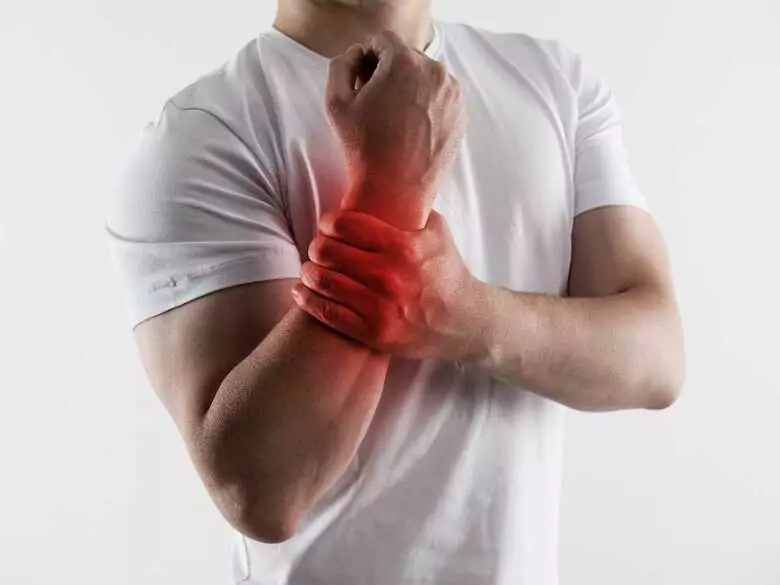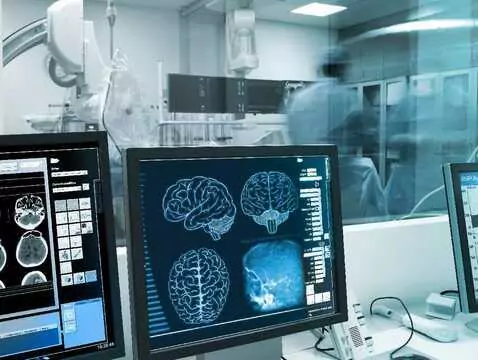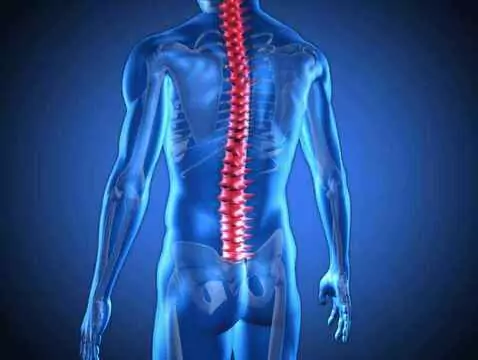Superficial (exteroceptive) sensation is perceived by receptors located in the skin and includes sensory modalities such as touch, pain and temperature. There are many conditions in the course of which different sensory disturbances may occur. They are most often a symptom of neurological diseases, accompanying diseases of the central or peripheral nervous system in which the sensory fibres of the nerves or the sensory centres of the higher levels of the nervous system are damaged. They can also occur in systemic conditions unrelated to damage to the nervous system.
Types of surface sensory disorders
Depending on the level and type of damage to the nervous system, sensory disorders can take different forms. Damage to sensory neurons can produce both loss symptoms, i.e. loss or weakening of sensation, as well as over-sensation, leading to a sensory over-sensitivity. Paresthesias - perverted sensation - are also a common disorder.
Deficit symptoms include:
- loss of pain sensation (analgesia),
- diminished sensation of pain (hypalgesia),
- loss of tactile sensation (abaesthesia),
- impaired tactile sensation (hypaesthesia),
- loss of temperature sensation (thermoanaesthesia),
- loss of temperature sensation (thermohypoaesthesia).
Excessive sensation of stimuli may manifest as:
- hypersensitivity to touch (hyperaesthesia),
- hypersensitivity topain (hyperalgesia),
- increased sensation of temperature (thermohyperaesthesia),
- hyperpathy - light touch is experienced as pain that radiates to distant parts of the body and persists after the stimulus has ended. Hyperpathia may accompany thalamic lesions or peripheral nerve neuralgias,
- allodynia occurs when stimuli that do not cause pain are perceived as painful,
- causalgia - in addition to sensory fibres, autonomic fibres are also damaged, causing constant, burning pain accompanied by trophic changes such as reddened, shiny skin, excessive sweating, nail and hair changes,
- alesthesia - sensing one type of stimulus as another e.g. touch as heat,
- allocheria - occurs when sensory stimuli are perceived at a symmetrical point in the other half of the body,
- polyesthesia - perceiving sensation as two consecutive different types of sensation, first touch and then pain, if the sensation of touch is conducted faster than that of pain, such a phenomenon has been observed in the medullary bundle,
- paresthesias - abnormal perception of sensory stimuli associated with damage to fine fibres and loss of pain and temperature sensation. They are described by patients as tingling, numbness, sensations of warmth, cold, vibration, running electricity, 'pounding needles' or 'ants walking under the skin'. They can be provoked by a stimulus such as gentle touch or occur spontaneously.

photo shutterstock
Causes of sensory disturbances
The most common causes of sensory disturbances due to damage to the peripheral nervous system include:
- damage to peripheral nerves in the course of trauma or compression ( e.g. carpal tunnel syndrome, ulnar nerve tunnel syndrome). The symptoms are weakness or loss of sensation or paresthesias in the innervation area of the damaged nerve.
- polyneuropathies: diabetic polyneuropathy, thiamine deficiency polyneuropathy, paraneoplastic polyneuropathy, amyloid polyneuropathy, uremic polyneuropathy, polyneuropathy in the course of coeliac disease, sarcoidosis, HIV-1 infection, toxic polyneuropathy after chemotherapy, congenital forms of sensory polyneuropathies. Purely sensory polyneuropathies are rare. They are often accompanied by subclinical motor fibre involvement, detected by neurophysiological examination.
- damage to the dorsal root ganglia by the chickenpox virus in the course of hemiplegia
- radiculopathies caused by pressure on the spinal nerve roots, e.g. in the course of degenerative changes in the spine or a herniated intervertebral disc. Sensory disturbances then take the form of paresthesias, weakness or abolition of sensation located in the dermatomes representing the damaged roots.









